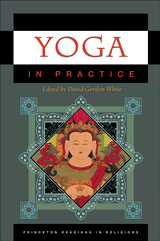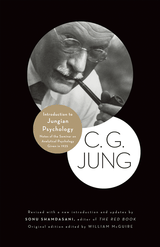



Northern Lights





Hawk


















Yoga is a body of practice that spans two millennia and transcends the boundaries of any single religion, geographic region, or teaching lineage. In fact, over the centuries there have been many "yogas"--yogas of battlefield warriors, of itinerant minstrels and beggars, of religious reformers, and of course, the yogas of mind and body so popular today. Yoga in Practice is an anthology of primary texts drawn from the diverse yoga traditions of India, greater Asia, and the West. This one-of-a-kind sourcebook features elegant translations of Hindu, Buddhist, Jain, and even Islamic yogic writings, many of them being made available in English for the very first time. Collected here are ancient, colonial, and modern texts reflecting a broad range of genres, from an early medical treatise in Sanskrit to Upanishadic verses on sacred sounds; from a Tibetan catechetical dialogue to funerary and devotional songs still sung in India today; and from a 1930s instructional guide by the grandfather of contemporary yoga to the private papers of a pioneer of tantric yoga in America. Emphasizing the lived experiences to be found in the many worlds of yoga, Yoga in Practice includes David Gordon White's informative general introduction as well as concise introductions to each reading by the book's contributors. David Gordon White is the J. F. Rowny Professor of Comparative Religion at the University of California, Santa Barbara. His books include Sinister Yogis and Tantra in Practice (Princeton). Endorsements: "This volume fills a vacuum in yoga studies. An indispensable resource for teachers and students, it is also of immeasurable value to every thinking yoga practitioner. Through an astute selection of key texts, White effectively demonstrates that yoga is a collection of vibrant, disparate, and distinctive traditions, and he also highlights continuities that unite ideas and practices of yoga through two thousand years of history."--Suzanne Newcombe, Inform, based at the London School of Economics and Political Science "Yoga in Practice deals with a topic of great academic significance and broad popular appeal, and the contributors are solid scholars who know their material inside out. Yoga is a global phenomenon, and this collection provides clarification of key points and careful contextualization of the history of ideas that has produced yoga. There are really no other books comparable in range, presentation, or quality."--Joseph S. Alter, University of Pittsburgh "This anthology makes available a wide variety of translations of primary sources on yoga, especially texts focused on practice, and places each in the broader context of the Indian traditions of yoga. The volume breaks new ground by including little-known texts and offering new perspectives on more familiar ones. Many of these texts are unavailable in translation elsewhere." --David Carpenter, Saint Joseph's University Table of Contents Another Princeton book by David Gordon White: Tantra in Practice. Series: Princeton Readings in Religions Donald S. Lopez Jr., Series Editor Subject Areas: Religion Asian and Asian American Studies Mind, Body, Spirit  |
Introduction to Jungian Psychology:Notes of the Seminar on Analytical PsychologyGiven in 1925 C. G. JungOriginal edition edited by William McGuireTranslated by R.F.C. HullWith a new introduction and updates by SonuShamdasani
In 1925, while transcribing and painting in his Red Book, C. G. Jung presented a series of seminars in English in which he spoke for the first time in public about his early spiritualistic experiences, his encounter with Freud, the genesis of his psychology, and the self-experimentation he called his "confrontation with the unconscious," describing in detail a number of pivotal dreams and fantasies. He then presented an introductory overview of his ideas about psychological typology and the archetypes of the collective unconscious, illustrated with case material and discussions concerning contemporary art. He focused particularly on the contra-sexual elements of the personality, the anima and the animus, which he discussed with the participants through psychological analyses of popular novels, such as Rider Haggard's She. The notes from these seminars form the only reliable published autobiographical account by Jung and the clearest and most important account of the development of his work.

